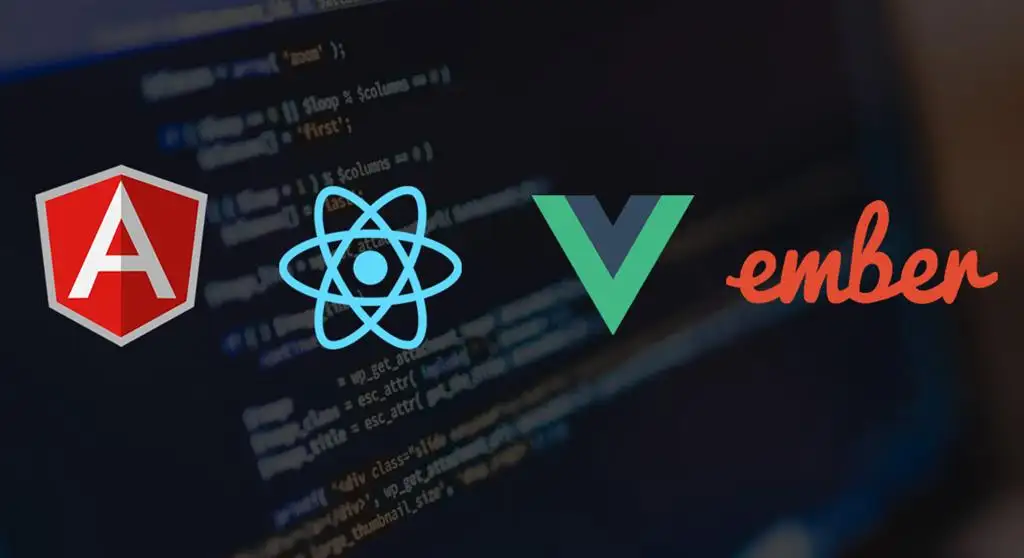Few JavaScript frameworks and their uses

JavaScript is a powerful and versatile programming language that is used for building dynamic and interactive websites. However, writing vanilla JavaScript code can be time-consuming and tedious. That's where JavaScript frameworks come in - they provide pre-written code and tools that make it easier to build complex web applications.
Here are a few of the most popular JavaScript frameworks and their uses:
1. AngularJS: AngularJS is a powerful framework for building single-page applications (SPAs). It is developed and maintained by Google and provides a range of tools for building complex web applications. AngularJS uses a declarative approach to building applications, making it easier to understand and modify code.
Some of the key features of AngularJS include two-way data binding, dependency injection, and reusable components. It also has a large and active community, with many resources available for learning and troubleshooting.
2. ReactJS: ReactJS is a popular JavaScript library for building user interfaces. It was developed by Facebook and is used by many large companies, including Netflix, Airbnb, and Dropbox. ReactJS uses a component-based approach to building applications, which makes it easy to reuse code and build complex UIs.
One of the key features of ReactJS is its virtual DOM (Document Object Model), which makes it faster and more efficient than other frameworks. ReactJS is also highly customizable and has a large ecosystem of libraries and tools available.
3. Vue.js: Vue.js is a lightweight JavaScript framework for building user interfaces. It is designed to be simple and easy to use, making it a great choice for beginners. Vue.js provides a range of tools for building complex applications, including reactive data binding, routing, and state management.
One of the unique features of Vue.js is its template system, which allows developers to write HTML-like syntax for building UI components. Vue.js also has a small footprint and can be easily integrated into existing projects.
4. Ember.js: Ember.js is a powerful JavaScript framework for building ambitious web applications. It is designed to be highly productive, with a range of tools and conventions that make it easy to build complex applications. Ember.js uses a convention-over-configuration approach, which means that it provides a set of defaults for building applications, but can also be highly customized.
Some of the key features of Ember.js include a powerful routing system, a robust templating language, and an active community with many resources available for learning and troubleshooting.
5. Node.js: Node.js is a popular JavaScript runtime that allows developers to build server-side applications using JavaScript. It is built on top of the Chrome V8 engine and provides a range of tools and libraries for building scalable and efficient server-side applications.
Node.js is particularly useful for building real-time applications and APIs, as it supports non-blocking I/O operations and can handle a large number of concurrent connections. It also has a large and active community, with many resources available for learning and troubleshooting.
In conclusion, JavaScript frameworks provide a range of tools and pre-written code that make it easier to build complex web applications. AngularJS, ReactJS, Vue.js, and Ember.js are just a few of the many popular JavaScript frameworks available. By understanding their features and uses, you can choose the framework that best fits your needs and build powerful web applications with ease.



Comments